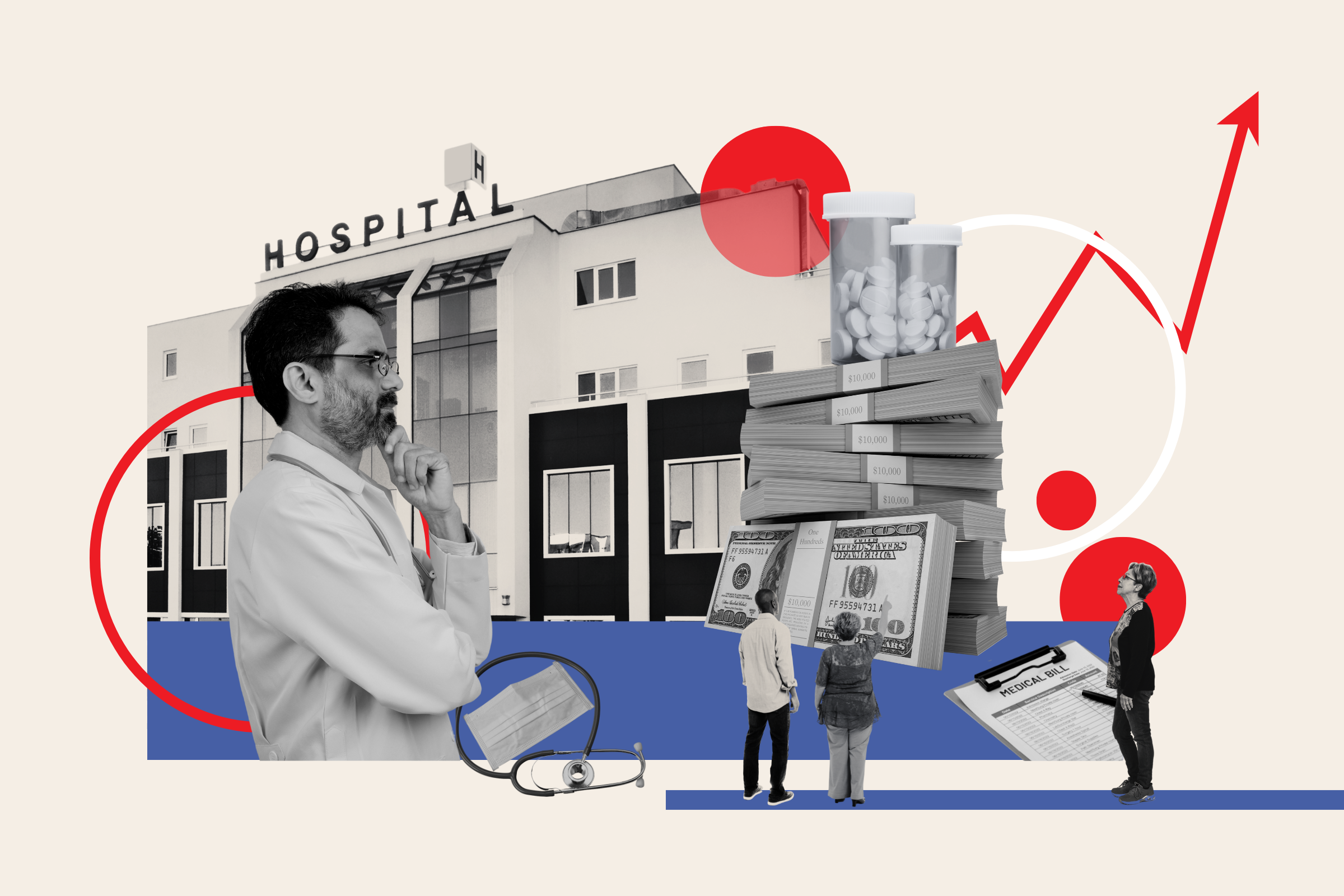Nearly half of all Americans struggle to afford access to quality health care and prescription medications.
This is the warning of the latest report from the Healthcare Affordability Index, which tracks how many in the U.S. have been forced to avoid medical care or haven’t been able to fill their prescriptions in the last three months—and how many would struggle to pay for care if it was needed.
Affordability has fallen six points since 2022, down to a record low of 55 percent since the index was launched back in 2021.
According to the researchers, this descent mainly affects two age groups: those aged 50–64 (down eight points to 55 percent over the same period) and those 65 and older (down eight points to 71 percent).
However, the age group most struggling to afford health care is adults under 50—with 53 percent unable to cover their bills, down five points from 2022.
The Healthcare Affordability Index is produced by West Health—a group of nonprofit organizations—and polling firm Gallup.
“After an uptick in 2022, health care affordability in America is headed in the wrong direction,” said West Health president Timothy Lash in a statement.
“The good news is that health care provisions in the Inflation Reduction Act—including empowering Medicare to negotiate lower drug prices, which has not yet taken effect—may help slow these negative trends and provide more stability.”
However, Lash continued, “Much more must be done to rein in prices for Americans of all ages.
“High prices are one of the biggest impediments to a healthy aging population and a prosperous economy.”
To calculate the index’s latest value, the researchers polled 5,149 US adults from across the country using a combination of both mail- and web-based surveys.
Each participant was grouped into one of three categories based on their reported ease in accessing and paying for medical care, prescription drugs included.
Those in the “cost secure” category noted no recent issues accessing or paying for health care.
In contrast, “cost insecure” respondents reported being recently unable to either access or pay for care and medicine, while those dubbed “cost desperate” faced both hurdles.
West Health–Gallup
Overall, the survey found that 45 percent of American adults are either cost insecure or desperate, compared to 39 percent in 2022 and 44 percent in 2011.
According to the researchers, younger adults are more than three times more likely to be cost-desperate than their counterparts aged 65 and over, at 10 versus 3 percent.
The analysis also highlighted other inequalities, with Black and Hispanic adults significantly more likely to find themselves cost-desperate than their white counterparts—at 11 and 14 percent, compared to 7 percent.
Furthermore, 11 percent of women were classified as cost desperate, nearly twice as many as their male counterparts (at 6 percent.)
Is US health care good value for money?
While U.S. health care appears to have grown less affordable overall, it would appear that the public is growing slightly happier with quality of such relative to the amount paid.
In fact, the amount of Americans who believe the care they receive is worth the cost has increased by 9 percent since 2021, according to the accompanying Healthcare Value Index also published by West Health and Gallup.
However, overall, public satisfaction could be improved, with 36 percent of US adults believing that they—and Americans generally—are being overcharged for their care.
The findings follow those of the recently released West Health–Gallup Survey on Aging in America, which reported that one-in-three Americans—some 72.2 million people—have avoided seeking out health care in the last quarter due to cost.
“The year 2022 showed encouraging trends of increased health care affordability, post-pandemic,” said Gallup senior researcher Dan Witters.
“The decline in 2024 is concerning in that it shows the fragility of American’s purchasing power amid a high-priced health care system.
“In a relatively short time, many adults have gone from feeling confident they can cover their health care costs, to struggling to cover their medical bills.”
Do you have a tip on a health story that Newsweek should be covering? Do you have a question about health care access? Let us know via science@newsweek.com.

Photo-illustration by Newsweek/Getty
Uncommon Knowledge
Newsweek is committed to challenging conventional wisdom and finding connections in the search for common ground.
Newsweek is committed to challenging conventional wisdom and finding connections in the search for common ground.
